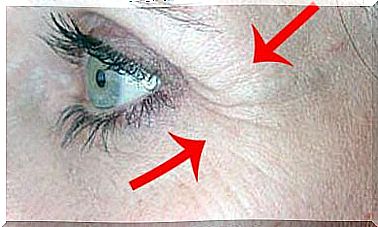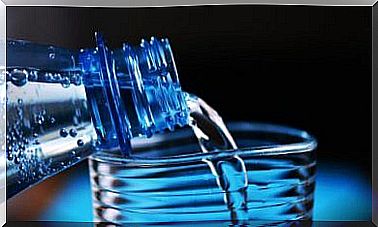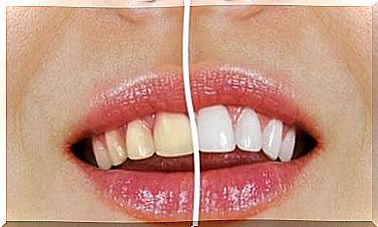The 9 Most Common Allergies In Children
Allergies are an overreaction of the immune system to actually harmless substances. Most allergies develop in childhood. But for many, these simply go away by themselves in adulthood. Unfortunately not with others. In general, it can be said that there are certain allergies that are widespread throughout the population.
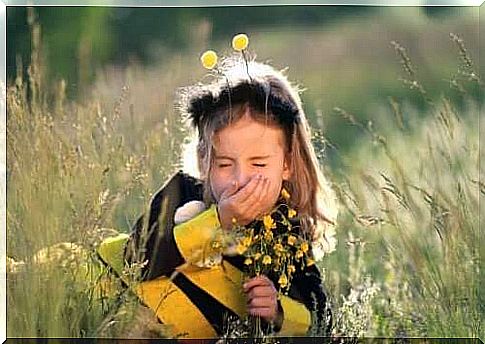
Allergies are an immune system reaction. This triggers an excessive defensive reaction in the body against something that is normally not harmful at all. In children very often occur allergies on. It can be said that there are basically 9 types of allergies that are most common in childhood.
The substances that trigger the allergic reaction are called allergens. As already indicated, these are usually normally harmless environmental substances. But for some reason the immune system is overreacting to them. Once this defense reaction has occurred, it will happen again every time you come into contact with the allergen.
Allergies usually develop in childhood. A child whose parents or siblings already suffer from allergies will most likely develop an allergy themselves. However, it is unlikely to show the same reactions or to react to the same allergens.
Allergies – a modern ailment
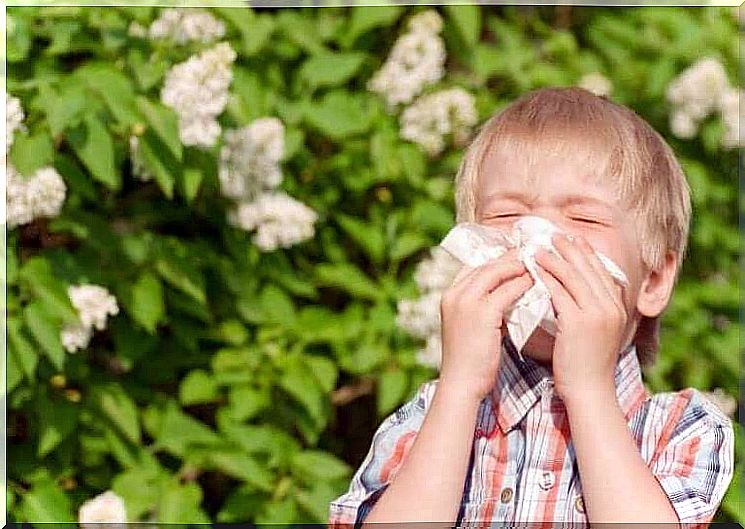
Our parents and grandparents were much less likely to be allergic than our children. Indeed, the most common allergies are a result of the modern lifestyle. Because this lifestyle as well as the type of diet and environmental pollution have led to the spread of allergies.
That is the message of the Centers for Disease Control and Prevention (CDC; German Centers for Disease Control and Prevention ), a federal agency of the US Department of Health. In the last 20 years alone, the proportion of children with food allergies has increased by 50%.
Why is that? The reason for this is actually obvious. Earlier generations ate more fresh food and not as much with chemical additives or processed foods. In addition, there used to be more organic food on the table and less products treated with chemical-synthetic pesticides and artificial fertilizers.
In addition , there are more and more allergies in the airways these days. This is due to increasing environmental pollution. As a result of climate change, there was a change in the pollen production of plants. The use of chemicals in homes and personal hygiene has also resulted in more frequent allergic reactions.
The most common allergies in children
The classification of the most common allergies varies depending on the allergen causing this excessive defense reaction. The following applies to both children and adults: Allergy sufferers come into contact with allergens through food, breathing or the skin.
Below you will find our list of the most common allergies:
1. House dust mites
In fact, dust mites are considered to be the cause of the most common allergies. These microscopic insects live all around us. They mainly accumulate in mattresses, pillows, carpets and soft toys. They feed on our dead skin cells.
Regular cleaning is therefore essential. This is the only way you can prevent the dust mites from spreading. It is equally important that you ventilate frequently. Because this way you can also avoid the accumulation of dust and thus reduce the occurrence of house dust mites.
2. pollen
Pollen also plays a major role in allergies. Such pollen allergies are seasonal. Because every tree, every bush and even every grass gives off certain pollen particles. These are then carried through the air with the wind in order to fertilize the respective conspecifics.
It can also happen that a person is allergic to different types of pollen. But the most common and annoying type is hay fever. So an allergy to pollen. Often plants such as wheat, oats or barley as well as some herbs are among the triggers. Due to their great resilience, these can thrive in all possible places. But they are more common in rural areas.
Nowadays there are numerous ways to find out about the current levels of pollen in the air. This data is made available either by the municipalities or the city administrations. However, they can also be queried via the meteorological services.
3. Mold
Another very common allergen is mold, which is often found in the home but also in other places. Mold is a type of fungus that prefers to spread in warm, humid environments. This mushroom gives off a very characteristic odor and its spores can cause allergic reactions in the body.
4. Allergies to pets
Yes, the beloved pets are often the trigger for various allergies. For example, fur, dander, saliva and even urine from animals can cause allergic reactions in children.
5. Cockroaches
Cockroaches are one of the strongest allergens, especially in cities. If children live in apartments or houses that are infested with these cockroaches, it can in many cases be the cause of asthma. Often the allergies are made worse by the use of chemical insecticides. Because these are often far from providing a real remedy to the problem of cockroaches and at the same time intensify the symptoms of the allergic reaction.
6. Allergies to certain foods
The following are among the most important foods that can trigger allergies:
- Cow’s milk
- Eggs
- Seafood and sea fish
- Nuts, for example peanuts, hazelnuts, walnuts, almonds and cashews
- Soybeans
That being said, there is some confusion about wheat. A person is not allergic to the gluten found in wheat. Rather, she suffers from an intolerance. Then the organism in question is unable to digest gluten. This problem is known as celiac disease or gluten intolerance.
7. Insect bites
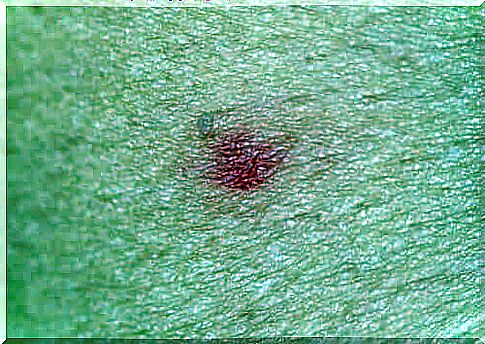
In many children, an insect bite causes swelling, itching, and redness. Allergies to insect venom can sometimes cause very serious reactions. In the worst case, such an allergic reaction can even be life-threatening for the child.
8. Medicines
Both over-the-counter and prescription drugs can cause allergic reactions. This also applies to antibiotics. This is why it is so important not to take them without a doctor’s prescription.
In the event of an allergy to a certain medication, it is advisable to always have some form of identification with you. For example, there are also bracelets and necklaces for people who are allergic to penicillin, atropine or adrenaline. This is particularly important in emergencies. Because then these drugs are often used.
9 Chemical products
Detergents, cosmetic products or cleaning agents that are used in the household also trigger many allergic reactions. The chemical components of these products are responsible for this. The contact takes place via the respiratory tract as well as via the skin.
In the most extreme cases , anaphylaxis can occur. This is the body’s immediate and very strong defense against the presence of an allergen. Such an immune system reaction can be life threatening.
Symptoms of the most common allergies
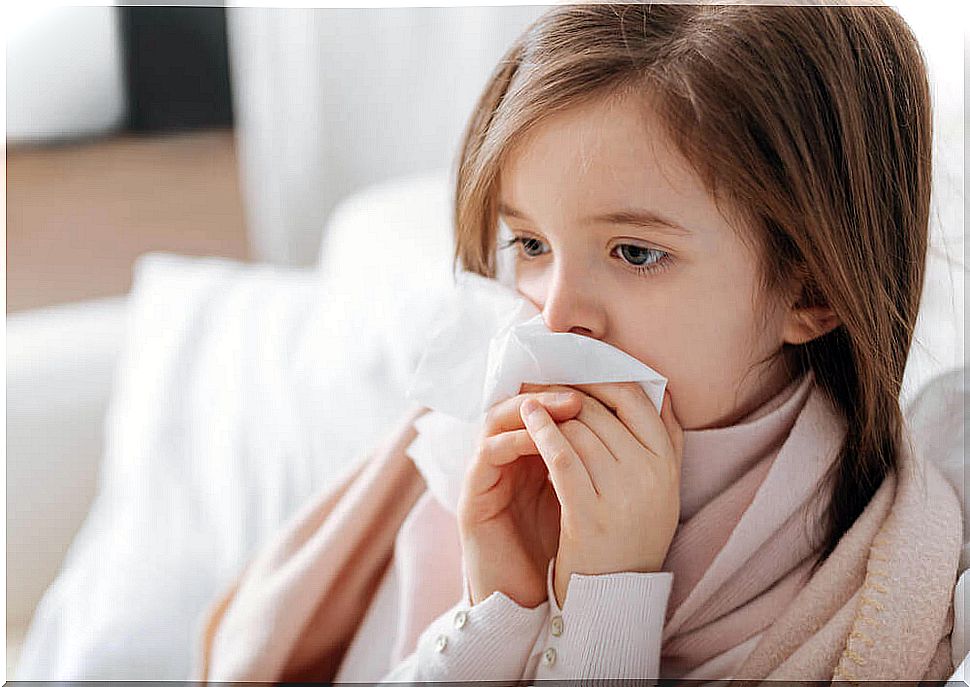
The symptoms depend on the degree of hypersensitivity to the particular allergen. Some allergies are more severe than others. It is therefore best to consult your pediatrician if your child has any of these symptoms listed below. Because he probably has to carry out various tests. This is the only way he can determine the type and degree of allergy in your child.
Symptoms of respiratory allergies:
- Sneeze
- to cough
- Itchy nose or throat
- Nasal congestion or rhinitis
- Red and itchy eyes
- Asthma, wheezing, and shortness of breath
Symptoms of food allergy or insect bites
- Itching of the mouth and throat when swallowing food
- Hives
- Eczema-like rash
- Runny or itchy nose
- Difficulty breathing
- Swelling of the face or throat
- In the most severe cases, the child can go into shock
Final remarks
In conclusion, it should be said that many children overcome their allergies at an early age. But others have to live with them for the rest of their lives. The role of parents is crucial here. Because they have to teach their children how to recognize allergens and avoid contact with them.
It is also important not to resort to self-medication. In addition, it is important to pay attention to cleanliness and to limit the use of chemicals in the household as much as possible. Your children’s health will thank you!
